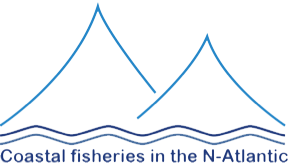A conference will be held on 25 June to discuss the Nordic Bioeconomy and the Arctic Bioeconomy.
The bioeconomy
The term bioeconomy has been used to cover all life resources, their interplay and context and their impact on economic, environmental and social factors. Bioeconomic research thus transcends industries and seeks to maximize the benefits of resources without compromising them. Strengthening the bioeconomy An important part of Matís' operations is to strengthen and increase value creation in the bioeconomy, among other things through projects aimed at increasing biomass production and by fostering innovation, working for better utilization and sustainability in production processes and thus more efficient productive resources. Matís' staff therefore welcomes the Nordic emphasis on the bioeconomy and work closely with the Icelandic government on the implementation of three-year presidency projects in this area, which began this year when Iceland took over the Presidency of the Nordic Council of Ministers.
On this occasion, a conference will be held at the Selfoss Hotel on June 25, where these issues will be discussed from various perspectives.
On the website of the Guest Reception / Yourhost you can sign up for the conference.
Innovation in the Nordic and Arctic bioeconomy
Draft agenda
- 09:15 Coffee and registration
- 10:00 Opening the conference | Sigurður Ingi Jóhannsson, Minister of Fisheries and Agriculture
- 10:15 No standard = no market | Dr. dr. Andreas Hensel, President at BfR
- 11:00 Product development in the Arctic Bioeconomy | Sigrún Elsa Smáradóttir, Research group leader, Matís
- 11:30 Industry success stories | Faroe Islands, Iceland and Greenland
- 12:00 Lunch | Special taste of innovation
- 13:30 Branding of Nordic food | Emil Bruun Blauert, CEO, Executive Advisor and Developer, WNEAT
- 13:50 Microfeed: Turning wood into food | Clas Engström, Managing Director, SP Processum
- 14:10 Nutrition for the future - Possibilities of the Nordic areas? | Bryndís Eva Birgisdóttir, Associate Professor, University of Iceland
- 14:30 Coffee break
- 14:50 Food waste: Problem or growth opportunity? | Nils Kristian Afseth, Research Scientist, PhD, Nofima.
- 15:10 Investing in algae - Ingredients for future food production | Olavur Gregersen, Managing Director, Syntesa Partners & Associates
- 15:30 Assessing and mitigating risk in the Nordic Bioeconomy | Guðmundur Halldórsson, Research Coordinator, Soil Conservation Service of Iceland
- 15:45 Reflection panel | Nordic and Arctic bioeconomy in local & global perspective
- 16:30 End of conference
More about the Arctic bioeconomy
The bioeconomy in the Arctic One of the projects that Matís has led the way is the Nordic project Arctic Bioeconomy, where Sigrún Elsa Smáradóttir, Director of Business Development, is the project manager. The project is for two years and includes mapping of life resources in the Arctic, assessment of their yield, and comparison and analysis between regions. The focus is on Greenland, Iceland and the Faroe Islands, but almost on living resources in the northern part of Norway, Sweden and Finland. "The project pays special attention to food production with regard to food security, in addition to which the innovation capacity of the areas and individual industries will be assessed. This is done so that it is possible to assess opportunities and threats and subsequently launch projects that strengthen the areas in this field, "says Sigrún Elsa, but the project is expected to be completed in September 2014.
"There are many living resources in the Arctic and they are important for the countries' economies, both directly and indirectly. Here in Iceland, the fisheries sector is one of the main basic industries and data on the state of the fisheries sector are in very good shape, but data relating to other resources, such as land use, are inferior. It is important to compile an overview of resources and their results so that the results can be assessed and how the areas can be strengthened. By increasing the value of products, stimulating and strengthening the bioeconomy and its capacity, we increase economic success, "says Sigrún Elsa, adding that the living resources of this area are changing due to global warming. "It is necessary to monitor these changes closely, they can involve both opportunities and threats. It is important to take advantage of the potential that opens up for food production in this area due to changed living conditions and environmental impact. The unfortunate fact is that while opportunities in this field in the Arctic may increase, they will shrink elsewhere at the same time as the world's population growth continues ".
 Sigrún Elsa Smáradóttir
Sigrún Elsa Smáradóttir
The project aims to strengthen the countries' active participation in international co-operation projects, including at the Nordic level. "When it comes to research programs and support for innovation, it is clear that great emphasis will be placed on the bioeconomy, both in a Nordic and European context," says Sigrún Elsa.
For example, the Nordic Committee for Agricultural and Food Research (NKJ) has developed a strategy for the "Nordic Bioeconomy Initiative". This strategy pays special attention to the sustainability of natural resources and the use of biomass in a similar way as other nations at European level have done. The committee consists of three Icelanders, Torfi Jóhannesson, an expert at the Ministry of Industry and Innovation, Sveinn Margeirsson, CEO of Matís and Sigurður Björnsson, division manager at Rannís. The strategy should, first and foremost, improve and facilitate Nordic co-operation projects aimed at research into the bioeconomy and promote further policy-making in this area. Thus, the intention is to promote sustainable resource utilization in basic production and derivative industries.
"The intention is to strengthen the co-operation of processing industries, such as food production or feed and fertilizer production, with basic industries, such as fisheries and agriculture, and work towards comprehensive solutions that transcend industries and maximize the benefits of utilizing the resources without compromising them. . Sustainable production and utilization of biomass contributes to the economic and social strengthening of the areas adjacent to the resources, increased food production and thus increased food security. It also looks at environmentally friendly production of energy sources from biomass to replace fossil fuels, but then it is important that ways are found so that such production does not come at the expense of food production. High competition for raw materials, on the one hand for food production and on the other hand for energy production, can have serious consequences for food prices and the ability of people in the world to feed themselves, "says Sigrún Elsa.
Icelandic presidency project
The Nordic countries take turns chairing the Nordic Council of Ministers and leading the activities for one year at a time. This year, it will be up to Icelanders to chair the council, and at the same time a three-year presidency program will be launched in the field of bioeconomy, which will bring direct economic benefits to the Nordic countries. The implementation of chairmanship projects in the field of the bioeconomy is now being completed, but Matís has been an active participant in that implementation under the leadership of Sveinn Margeirsson, Matís' CEO.
"The presidency projects will call for increased collaboration between industry and the research and education system in practical value-added projects. The focus will be on how to promote knowledge creation and development in sustainable resource utilization and biomass production in the Nordic countries, and to transfer existing knowledge and technological solutions between regions, "says Sigrún Elsa.
In connection with the chairmanship project, a panel committee, the Nordic Bioeconomy panel, will be formed, which will advise the Nordic Research Fund when it comes to research calls in the field of bioeconomy. In addition, the committee's role must be to promote the Nordic countries 'position abroad when it comes to the bioeconomy, thus facilitating the countries' access to international research grants. The combined forces of the Nordic countries will thus have an impact in this area.
"The fact that Iceland plays a leading role in such co - operation, takes the lead in an ambitious presidency plan in the field of the bioeconomy and plays a leading role in related research in the Arctic, directs the eyes of others to the country as an interesting partner in bioeconomy projects. Broad multinational co-operation in this field, both in research and development, is an important basis for strengthening the bioeconomy and thus economic progress in Iceland, "concludes Sigrún Elsa.
For further information Sigrún Elsa. You can also find interesting material about the big challenges in the near future on Matís video page.
 Jón Árnason, project manager at Matís, gives a talk
Jón Árnason, project manager at Matís, gives a talk
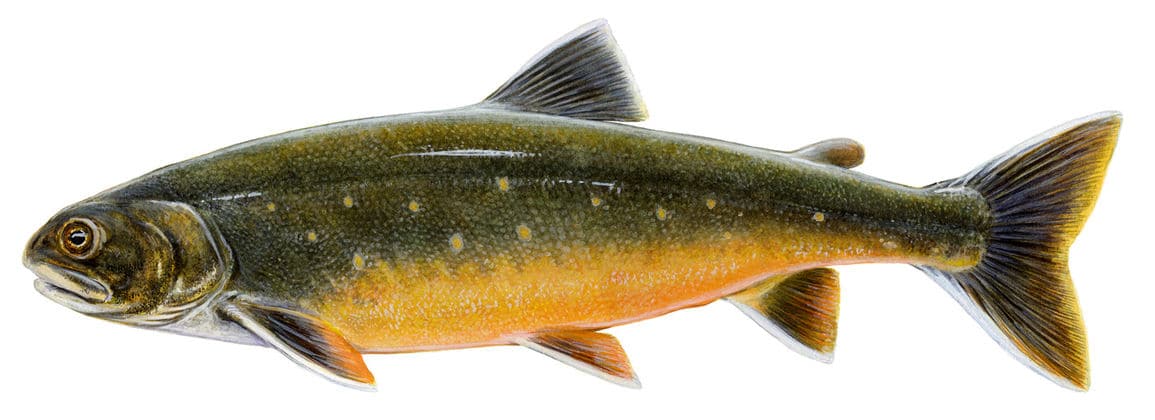


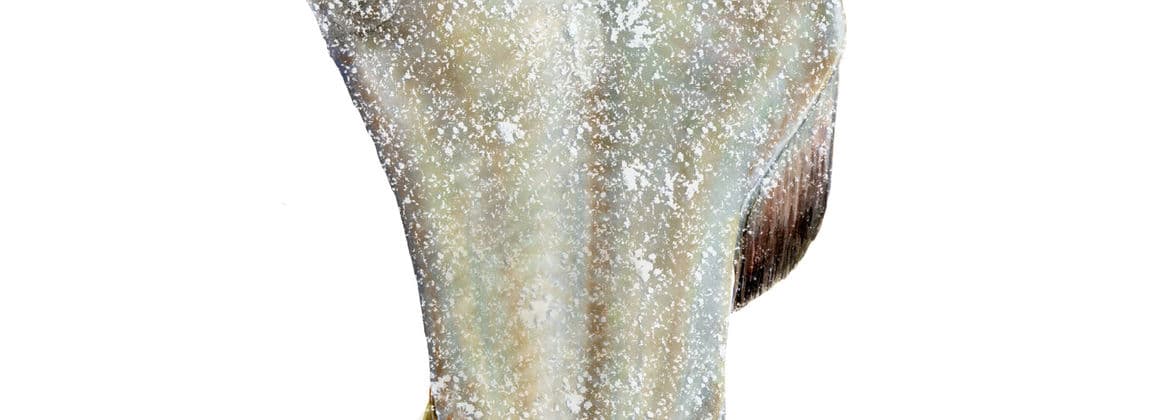
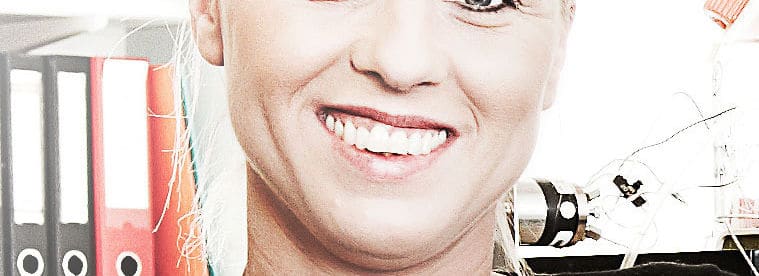
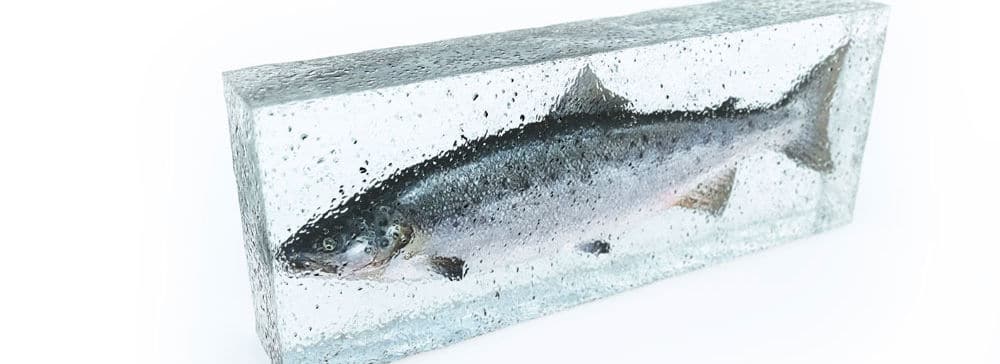
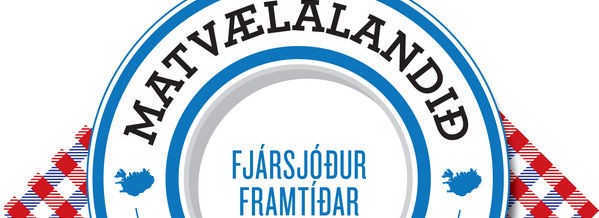
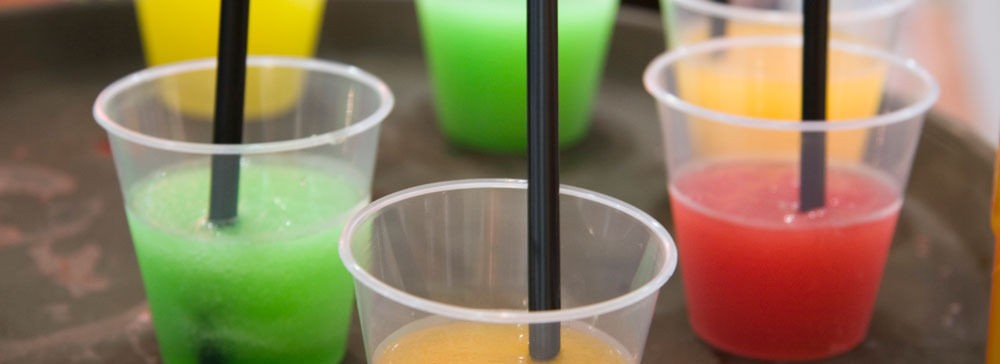

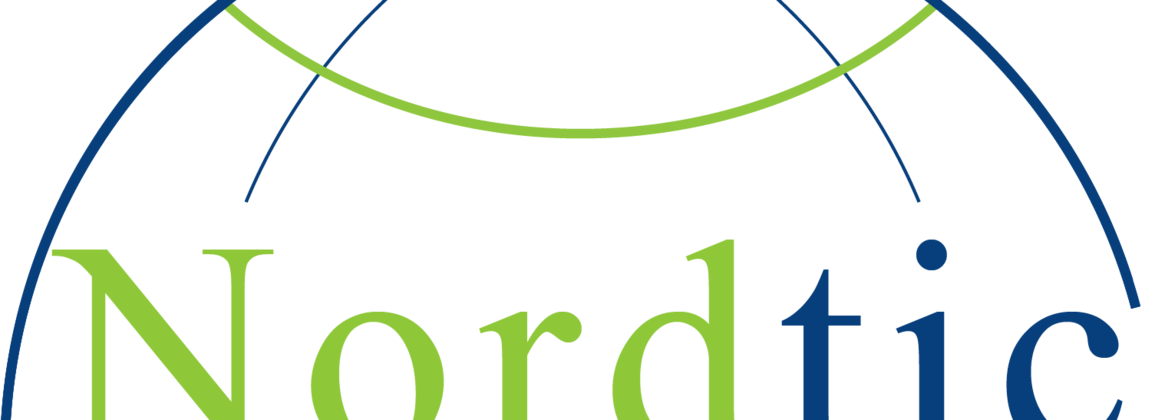
 Sigrún Elsa Smáradóttir
Sigrún Elsa Smáradóttir